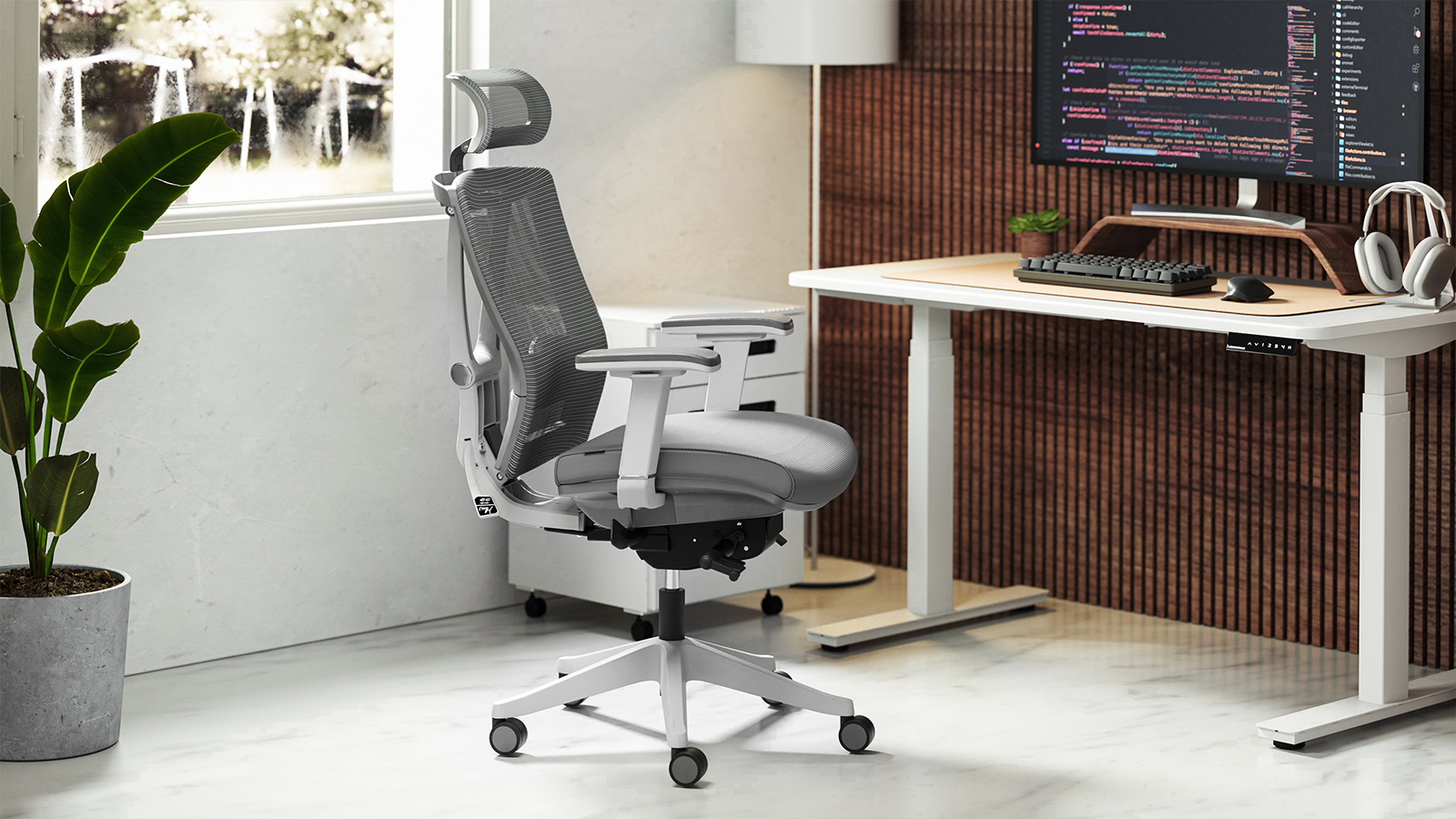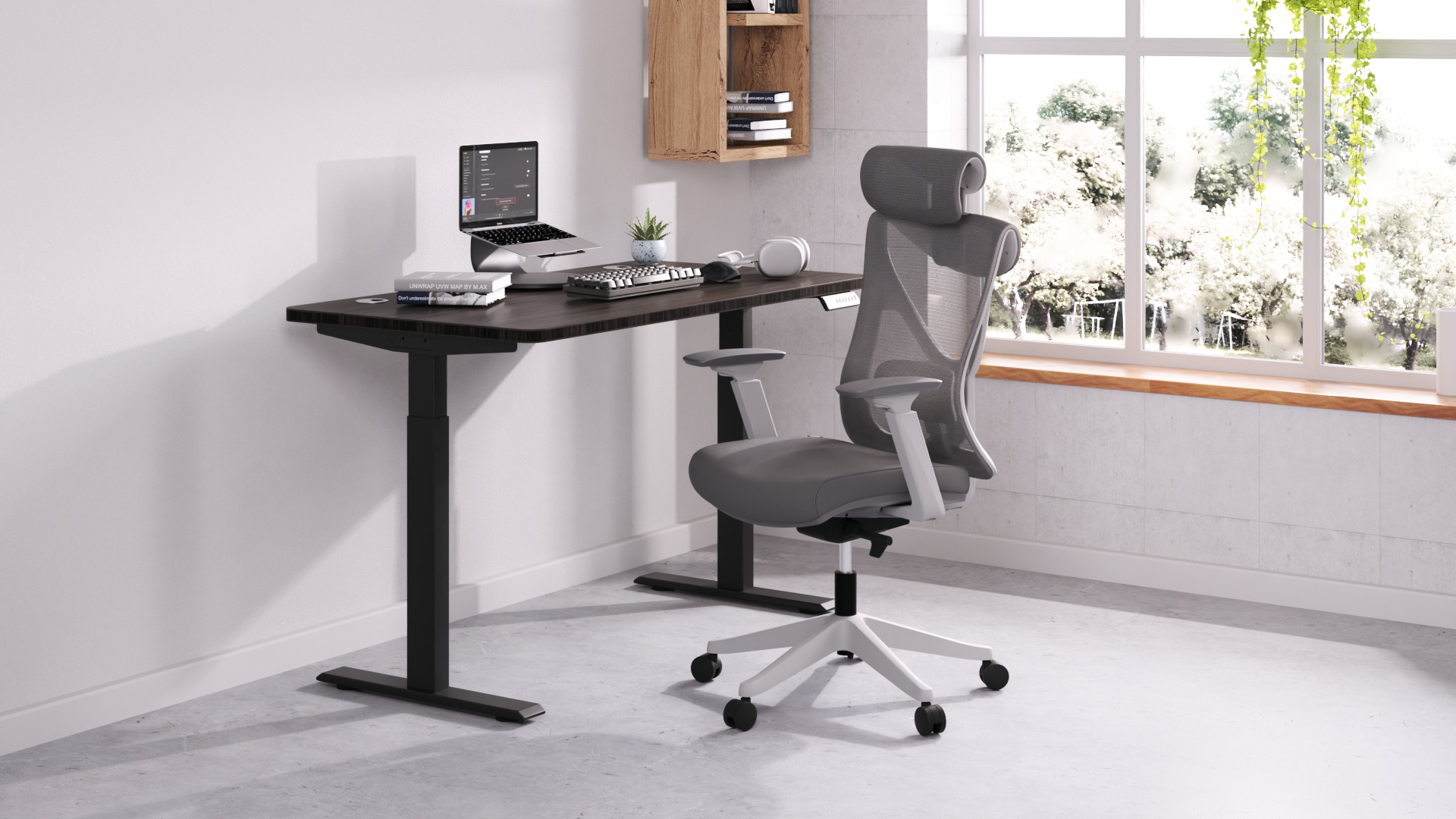
Table of Contents
In today's digital age, where computers are integral to many professions, upper back pain from computer work has become a common complaint among office workers, freelancers, and students alike. The sedentary nature of computer work, coupled with prolonged periods of sitting and often poor ergonomic setups, contributes to the prevalence of upper back pain in this demographic.
Addressing and managing upper back pain from working on the computer is not just about alleviating discomfort, it is crucial for overall well-being. Untreated back pain can lead to decreased productivity, disrupted sleep, and negatively impact mental health. Moreover, chronic upper back pain may develop into more serious conditions if left unattended, affecting one's quality of life in the long run.
Understanding Upper Back Pain
Causes of Upper Back Pain from Sitting at Computer
Prolonged sitting and poor posture: Sitting for extended periods, often in a slouched or hunched position, can strain the muscles and ligaments in the upper back, leading to pain and discomfort.
Strain from repetitive motions: Performing repetitive tasks such as typing or using a mouse for hours on end can strain the muscles of the upper back and shoulders.
Ergonomic issues with workstation setup: Improper desk and chair height, poorly positioned monitors, or inadequate lumbar support can contribute to poor posture and exacerbate upper back pain.
Causes of Upper Middle Back Pain in Females
Upper middle back pain in females can stem from various factors unique to their physiology and lifestyle. Hormonal fluctuations, particularly during menstruation, pregnancy, or menopause, may contribute to muscle tension and discomfort in this area. Additionally, the anatomical differences in female skeletal structure can affect posture and potentially lead to upper middle back pain.
Symptoms and Signs to Identify Upper Back Pain
Common symptoms of upper back pain include stiffness, tension, and aching sensations in the upper back region. Some individuals may also experience radiating pain or discomfort that extends to the shoulders or neck.
Coping Strategies for Immediate Relief
Stretching Exercises to Alleviate Tension
Incorporating simple stretching exercises into your daily routine can help alleviate tension and improve flexibility in the upper back muscles.
Quick Ergonomic Adjustments for Immediate Comfort
Making minor ergonomic adjustments to your workstation, such as adjusting chair height, monitor position, or using a supportive cushion, can provide immediate relief from upper back pain.
Mindfulness Techniques for Relaxation
Practicing mindfulness techniques such as deep breathing, meditation, or progressive muscle relaxation can help reduce stress and tension in the upper back muscles.
Long-Term Solutions for Managing Upper Back Pain
Ergonomic Workstation Setup Guidelines
Implementing ergonomic workstation setup guidelines, including proper desk and chair height, monitor positioning, and ergonomic chair for back pain and other accessories, can promote better posture and reduce the risk of upper back pain.
Regular Breaks and Movement Throughout the Day
Taking regular breaks to stretch and move around throughout the day can prevent muscle stiffness and alleviate pressure on the upper back.
Strengthening Exercises to Improve Upper Back Muscles
Engaging in regular strength-training exercises targeting the upper back and shoulder muscles can help improve muscle strength and endurance, reducing the risk of upper back pain.
Incorporating Healthy Habits into Daily Routine
Adopting healthy lifestyle habits such as maintaining a balanced diet, staying hydrated, and getting regular exercise can contribute to overall well-being and reduce the likelihood of experiencing upper back pain.
Top Ergonomic Chairs for Relieving Upper Back Pain from Computer Work
Discover the best office chairs for upper back pain designed to provide optimal support and comfort during long hours of computer work with our top recommendations.
1. ErgoChair Pro
Draped in breathable woven mesh, ErgoChair Pro redefines comfort while ensuring optimal airflow and ventilation. Available in a variety of colors, it offers both style and functionality. Constructed with a polyester fabric, molded foam interior, and sturdy nylon plastic frame complemented by PU hand rest pads, this chair combines durability with comfort. Its flexible lumbar support caters to various seated positions, promoting natural mobility and relieving discomfort.
Featuring a 2:1 ratio of synchro-tilt, this big and tall office chair allows for effortless reclining and stretching without exerting additional stress on the thighs or lower back. With adjustable tension and 22 degrees of recline across five lockable positions, this chair supports the spine effectively. Whether working, gaming, or relaxing, this office chair for long hours provides 45 degree headrest adjustability. Aligning the sacrum, the flexible 10 degrees seat tilt ensures postural health.
Equipped with five caster wheels, the ErgoChair Pro effortlessly supports up to 300 lbs. Made from 100 percent earth-friendly materials, it aligns with eco-conscious values. With easy assembly and a two-year warranty, this chair offers both convenience and peace of mind.
2. ErgoChair Curve
The ErgoChair Curve is fully adjustable and designed to cater to your individual needs, allowing you to customize various aspects for the perfect fit. Adjust the seat pan, seat height, ranging from 18.5 to 22 inches, armrest height, adjustable from 10.5 to 14 inches, and back recline, up to 18 degrees, to achieve optimal comfort throughout your workday.
The inclusion of a lumbar support pad enhances overall comfort, while the contoured foam seat ensures a cozy seating experience. Crafted with a polyester fabric exterior and a molded foam interior, supported by a durable nylon plastic frame, this reclining office chair offers both durability and style. Choose between sleek black or sophisticated gray color options to complement your workspace aesthetic. The breathable mesh back keeps you cool and comfortable, even during extended periods of use.
Equipped with five caster wheels, this chair provides smooth mobility across various surfaces. With a weight capacity of up to 300 lbs, it offers robust support for users of all sizes. This ergonomic chair comes with a 2-year warranty ensuring long-term user satisfaction.
Conclusion
Understanding the reasons for upper back pain from computer work and using effective coping strategies can help individuals reduce discomfort, enhance posture, and boost overall well-being. Consistently applying ergonomic principles, integrating movement and exercise regularly, and adopting healthy habits are crucial for long-lasting relief from and prevention of upper back pain from computer work. Prioritizing self-care and addressing upper back pain early is vital for sustaining good health and productivity in the digital era.
Get exclusive rewards
for your first Autonomous blog subscription.
You May Also Like








-7512dd9e-3510-42ed-92df-b8d735ea14ce.svg)


